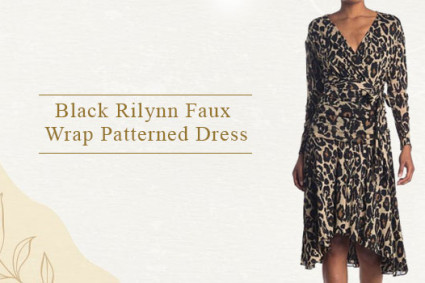
The saree is among the most exquisite and sophisticated traditional Indian clothing items. The color of a saree has cultural significance and can significantly improve a person's overall appearance. Various color palettes are needed for different skin tones in order to achieve the perfect balance of harmony and flair. In this investigation of the world of sarees, we examine the science of selecting colors that complement various skin tones, exposing the creativity behind the stylish choices.
Fair Skin Tone:
The secret to creating a pleasing contrast is to wear colors that go well with fair skin. Pastel colors, gentle pinks, light blues, and mint greens are excellent choices for achieving a delicate yet radiant appearance. Lighter colors give the ensemble an airy feel while highlighting the skin's natural beauty. Moreover, metallic hues like gold and silver can be used to provide a glamorous touch to the ensemble.
Medium Skin Tone:
Due to the fact that a broad spectrum of colors complement their complexion, people with medium skin tone saree colors are more adaptive. Rich jewel tones such as royal blue, emerald green, and deep purples draw attention to the warmth of medium complexion tones.
Olive Skin Tone:
A variety of warm colors work well for olive skin tones, which are typified by a faint greenish or yellowish undertone. Peach, coral, and warm red hues highlight the skin's inherent warmth and produce a pleasing balance. The olive undertones are complemented by earthy tones like terracotta and olive green, which produce a striking visual effect. It's best to stay away from extremely cool colors because they could stand out against the warm undertones.
Dusky Skin Tone:
To fully embrace the rich beauty of saree colors, one must choose hues that accentuate rather than drown out dusky skin tones. The inherent brilliance can be accentuated by using deep jewel tones like sapphire, emerald, and amethyst. Furthermore, earthy hues like mustard yellow, burnt orange, and chocolate brown produce a dramatic contrast that highlights the distinct warmth of dark skin. Particularly gold sticks out as a classic option that gives the ensemble a hint of regality.
Playing with Contrasts:
Fashion is primarily about expression, but it's important to grasp the fundamentals of color selection depending on skin tone. Contrast experiments can provide surprising, yet striking, outcomes. Playing with brighter jewel tones can provide a dramatic touch for fair-skinned people, while softer pastel shades can be elegant for those with dark complexions.
The Function of the Fabric:
The choice of cloth influences the saree's overall appearance on different skin tones in addition to color. Silk sarees, for instance, are quite sophisticated and go well with a variety of complexion tones. Light-colored fabrics like georgette and chiffon can make fair skin tones appear more graceful, while the natural texture of medium- and dusky-toned cotton sarees complements earthy-toned complexion tones.
In conclusion, choosing the ideal saree color requires a careful balancing act between accepting one's individual style and being aware of one's skin tone. The technique of saree-draping transforms into a platform for personal expression, and the appropriate color selection can accentuate a wearer's beauty to new levels. The world of sarees offers a kaleidoscope of options, so every lady may discover her ideal hue to shine brightly on any occasion, whether it's the traditional elegance of pastels for fair skin or the dramatic allure of jewel tones for dark complexions.



